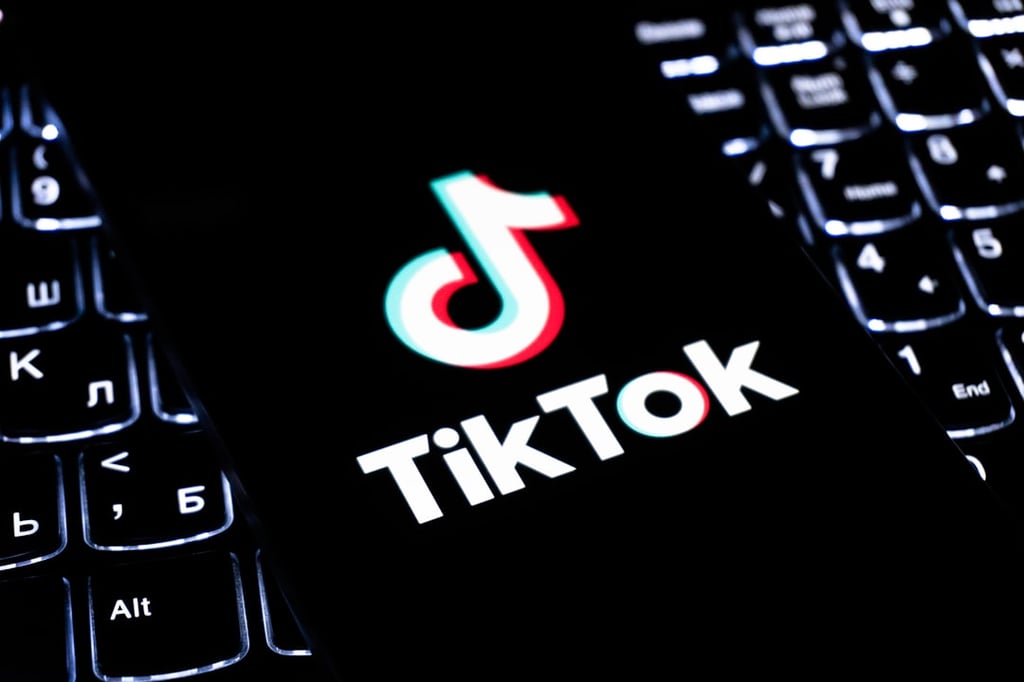Just before the official start of the Mobile World Congress tradeshow in Barcelona, Spain, Samsung yesterday took the wraps off its new flagship smartphones, the Galaxy S7 and Galaxy S7 edge (with a lower-case ‘e’). Aside from different color options and a larger screen and battery on the S7 edge, both models are functionally identical. […]
Datamation content and product recommendations are
editorially independent. We may make money when you click on links
to our partners.
Learn More
Just before the official start of the Mobile World Congress tradeshow in Barcelona, Spain, Samsung yesterday took the wraps off its new flagship smartphones, the Galaxy S7 and Galaxy S7 edge (with a lower-case ‘e’).
Aside from different color options and a larger screen and battery on the S7 edge, both models are functionally identical. The Samsung Galaxy S7 boasts a 5.1-inch AMOLED touch display with a resolution of 2,560 pixels by 1,440 pixels and the S7 edge’s sloping screen measures 5.5 inches at the same resolution.
The Galaxy S7 has a 3,000 milliamp hours (mAh) battery while the S7 edge’s power pack bumps that figure to 3,600 mAh. In the U.S., both models will be available in black and gold, while the S7 edge adds a silver variant to the lineup.
Both models are powered by a Qualcomm’ Snapdragon 820 quad-core mobile processor and run Android 6 (Marshmallow). They feature 4 GB of LPDDR4 RAM and 32 GB of built-in storage, expandable up to 200 GB with a microSD card that slots into the device’s hybrid SIM tray.
The dual-pixel sensor on the 12-megapixel rear camera picks up 95 percent more light than the S6’s shooter, enhancing low-light photography. The dust- and water-resistant devices are IP68 certified, meaning they can survive a dunk of up to five feet for 30 minutes. In terms of mobile payments, the Galaxy S7 and S7 edge supports the company’s Samsung Pay platform, which allows for contactless payments using NFC or MST (Magnetic Secure Transmission).
Behind the scenes, Samsung has been working to ensure that the new smartphones are enterprise-ready from the start.
Beginning with the Galaxy S7, Samsung will be wrapping Google’s Android for Work productivity suite with KNOX, the company’s secure mobile device management (MDM) platform. The Korean electronics giant also announced a new Enterprise Device Program to accompany the new Galaxy S7 handsets.
Under the program, the company will begin to deliver critical security updates for Android and Samsung-specific patches to over 100 countries. “With Android for Work, we’ve invested a lot to make Android a trusted platform for people to use in the workplace,” said Google’s Hiroshi Lockheimer, senior vice president, Android, Chrome OS and Chromecast, in a statement. “With Samsung further reinforcing the platform with KNOX and committing to monthly security updates, the Samsung Galaxy S7 will be one of the best choices on the market today for enterprises.”
In a bid to help businesses better manage their mobile device fleets, Samsung’s Enterprise Device Program will offer two-year purchase assurance guarantee. It will enable organizations to buy select models up to two years after they ship, starting with the S7.
Galaxy S7 and S7 edge preorders start Tuesday, Feb. 23 before the new handsets ship on March 11. The smartphones will be carried by AT&T, Sprint, T-Mobile, Verizon Wireless and U.S. Cellular.

Pedro Hernandez is a contributing editor at Datamation. Follow him on Twitter @ecoINSITE.
Photo courtesy of Shutterstock.
-
Ethics and Artificial Intelligence: Driving Greater Equality
FEATURE | By James Maguire,
December 16, 2020
-
AI vs. Machine Learning vs. Deep Learning
FEATURE | By Cynthia Harvey,
December 11, 2020
-
Huawei’s AI Update: Things Are Moving Faster Than We Think
FEATURE | By Rob Enderle,
December 04, 2020
-
Keeping Machine Learning Algorithms Honest in the ‘Ethics-First’ Era
ARTIFICIAL INTELLIGENCE | By Guest Author,
November 18, 2020
-
Key Trends in Chatbots and RPA
FEATURE | By Guest Author,
November 10, 2020
-
Top 10 AIOps Companies
FEATURE | By Samuel Greengard,
November 05, 2020
-
What is Text Analysis?
ARTIFICIAL INTELLIGENCE | By Guest Author,
November 02, 2020
-
How Intel’s Work With Autonomous Cars Could Redefine General Purpose AI
ARTIFICIAL INTELLIGENCE | By Rob Enderle,
October 29, 2020
-
Dell Technologies World: Weaving Together Human And Machine Interaction For AI And Robotics
ARTIFICIAL INTELLIGENCE | By Rob Enderle,
October 23, 2020
-
The Super Moderator, or How IBM Project Debater Could Save Social Media
FEATURE | By Rob Enderle,
October 16, 2020
-
Top 10 Chatbot Platforms
FEATURE | By Cynthia Harvey,
October 07, 2020
-
Finding a Career Path in AI
ARTIFICIAL INTELLIGENCE | By Guest Author,
October 05, 2020
-
CIOs Discuss the Promise of AI and Data Science
FEATURE | By Guest Author,
September 25, 2020
-
Microsoft Is Building An AI Product That Could Predict The Future
FEATURE | By Rob Enderle,
September 25, 2020
-
Top 10 Machine Learning Companies 2021
FEATURE | By Cynthia Harvey,
September 22, 2020
-
NVIDIA and ARM: Massively Changing The AI Landscape
ARTIFICIAL INTELLIGENCE | By Rob Enderle,
September 18, 2020
-
Continuous Intelligence: Expert Discussion [Video and Podcast]
ARTIFICIAL INTELLIGENCE | By James Maguire,
September 14, 2020
-
Artificial Intelligence: Governance and Ethics [Video]
ARTIFICIAL INTELLIGENCE | By James Maguire,
September 13, 2020
-
IBM Watson At The US Open: Showcasing The Power Of A Mature Enterprise-Class AI
FEATURE | By Rob Enderle,
September 11, 2020
-
Artificial Intelligence: Perception vs. Reality
FEATURE | By James Maguire,
September 09, 2020
SEE ALL
ARTICLES










